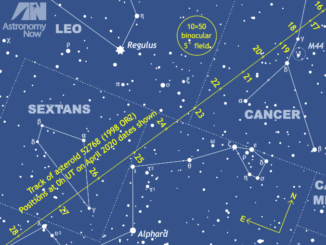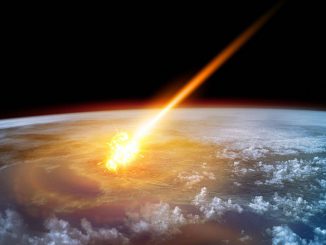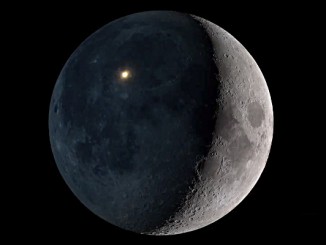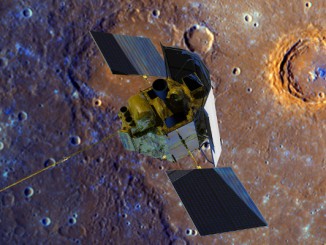
Seek out 1998 OR2, the brightest predicted near-Earth asteroid encounter of 2020
A near-Earth object (NEO) and potentially hazardous asteroid (PHA) with the catchy official name of 52768 (1998 OR2) passes just 16.4 lunar distances (6.3 million kilometres) from Earth at 09:56 UT on Wednesday, 29 April 2020. Here’s our guide to locating this fascinating asteroid in 15-cm (6-inch) aperture telescopes and smaller from the UK this month.







